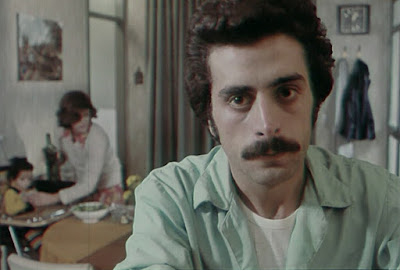May 15, 2020 update: The festival has been postponed. New dates yet to be announced.
Bologna calling!
All the elements of an internationally curated programme for Il Cinema Ritrovato 2020 are coming together fast and we thought we should update you on some of the wonderful strands and wide-ranging films that we will be presenting this year.
The festival takes place from 20 to 28 June, the final day being a 'bonus' day, showing our curators’ favourite films from each section.
We also tried an experiment last year which we would like to repeat: we started a couple of days earlier as a warm-up, screening only documentaries on the subjects of the main strands. This means that if you decide to get to Bologna sooner and overcome your jetlag before the main festival begins, there will be films for you!
And of course, there’s Piazza Maggiore and its evening screenings which was described by one critic as the “Glastonbury of cinema… without the mud!”
This year, as in every year, in addition to the most recent restorations – a list of which we will reveal in the near future – we will be bringing you treasures from archives from around the world, including an extensive focus on the Komiya Collection, the centrepiece of this year’s silent screenings.
Our Asian adventures continue with works from Japan and India, two of the richest national cinemas. From Japan, the artistry of cult director Yuzo Kawashima will be the subject of an overview retrospective, while India’s Parallel Cinema, perhaps the most unexplored chapter in the sub-continent’s cinematic history, will be presented screening the best available archival prints and one brand new restoration.
During a particularly turbulent time in the world – and only months to go before the US presidential election – Henry Fonda for President is a section which not only features the star of this edition but also provides an opportunity to catch some absolute classics of the canon.
Thrilling discoveries await you in programmes dedicated to Soviet women directors, Frank Tuttle and Stuart Heisler.




.jpg)




































